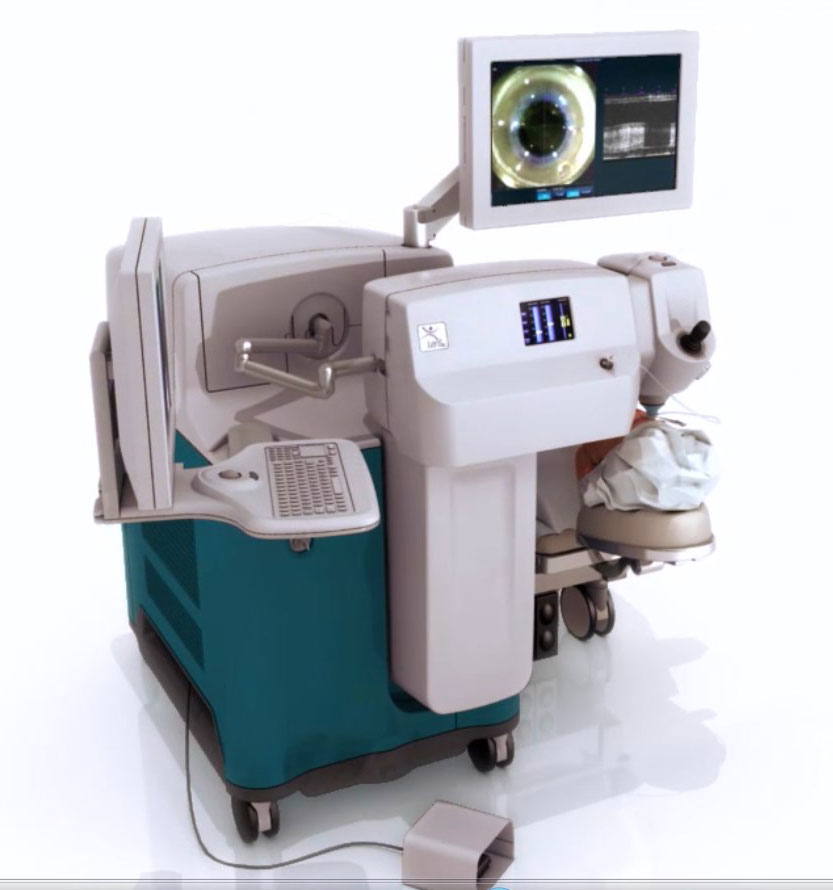Laser-Assisted Cataract Surgery
A major advance in lens replacement
Until recently, cataract surgery required the use of a manual surgical blade. Anjema Eye Institute now offers laser-assisted cataract surgery with advanced lens replacement. This technology is customized, more precise and performs an advanced astigmatism treatment for the best visual outcome.
This “blade-free” laser approach to cataract surgery allows the surgeon to further improve the accuracy and predictability of the procedure with precision and faster healing time. The laser boosts surgical potential since the precision of a laser trumps a handheld blade even in the hands of an experienced surgeon.

What’s the difference?

Laser-assisted

Manual procedure

Manual Incision

Laser Incision

Manual Phacoemulsification

Manual Capsulorhexis

Laser Phacoemulsification

Laser Capsulorhexis
Manual procedure
- 20/20 or better 46%
- 20/25 or better 54%
- 20/50 or better 85%
%
20/20 or better
%
20/25 or better
%
20/50 or better
Laser-Assisted
- 20/20 or better 73%
- 20/25 or better 82%
- 20/50 or better 100%
%
20/20 or better
%
20/25 or better
%
20/50 or better
Also corrects for astigmatism
The laser-assisted system also performs a laser-astigmatic correction bringing more patients to 20/20 distance vision after surgery.

NEW!
ORA (Optiwave Refractive Analysis)
Anjema Eye Institute is excited to have adopted interoperative aberrometry into our practice.
This is a new and remarkable technology that better predicts and improves cataract surgery outcomes, especially for patients with astigmatism and/or those who have had laser vision correction in the past.¹
The system provides continuous streaming measurements of lens calculations throughout the procedure. It also compares these real-time measurements against up-to-date data of past patients’ outcomes and helps us provide the most predictable and desirable results.
¹SourceSource: Ianchulev T, Hoffer K, Yoo S, et al. Intraoperative refractive biometry for predicting intraocular lens power calculation after prior myopic refractive surgery.
Ophthalmology. 2014;121(1):57-60.
